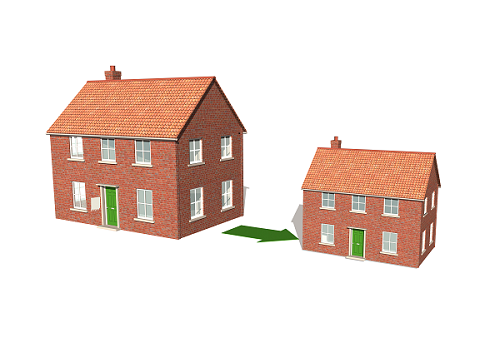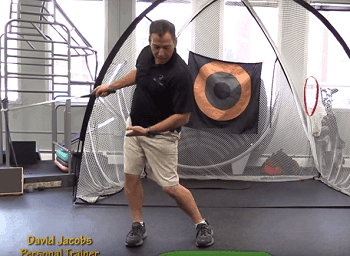There is an abundance of information on the internet about the role exercise plays in improving the overall health and quality of life among boomers and seniors. The positive impact on physical strength, cardiovascular endurance, and flexibility are just a few benefits in an endless and growing list. If you are a boomer or senior who already exercises regularly then you deserve a pat on the back. You are taking your health into your own hands!
Repetitive Stress Injuries
Unfortunately, exercising the wrong way can be just as dangerous as not exercising at all. “I find the thing we have to look out for the most with the senior population is overdoing and performing too much repetitive motion,” explains David Jacobs, co-owner of Level 3 Fitness in Denver, Colorado. “Sometimes a senior just loves to walk and they are not doing anything else in terms of cross training. That repetitive motion can cause some joint irritations and muscle irritations that can keep them out of exercise altogether.”
Repetitive Stress Injuries (RSI) are caused by repeating the same motion over and over; consequently producing symptoms of pain or discomfort to the muscles, tendons, nerves, and soft tissues in a specific area of the body. For boomers and active seniors, there are a number of different things that can cause a repetitive stress injury; from walking up and down stairs on a sore knee, to getting tennis elbow from hitting thousands of serves and volleys, to straining a nerve in the lower back from playing too many rounds of golf throughout the summer. Even older seniors are at risk of repetitive stress injuries when performing activities of daily living such as reaching up to grab a bowl out of the cupboard with a hurt shoulder, or habitually bending over with a stiff lower back to pull a tray out of the oven.
Part of the reason repetitive stress injuries are so dangerous is because they can sneak up on you unexpectedly. What might seem as minor discomfort now can easily become acute pain overnight; dubiously leaving you on the sidelines at work, your social life, and out of the gym.
So how do you avoid a repetitive stress injury?
For starters, if you are suffering from minor discomfort in a specific area of the body then the first step is to make an appointment with a physical therapist. A good physical therapist can put you on the right rehabilitation track to keep you doing the things you love to do while also preventing your minor discomfort from becoming acute pain.
But, what if you are not experiencing pain or discomfort? Then, doing the RIGHT type of exercises, not just exercise in a general sense, is the greatest way to avoid a repetitive stress injury. “Doing one type of exercise whether it’s just bike riding or just walking or just weightlifting doesn’t really provide the senior with the full benefit of fitness that they need to live a strong and healthy life,” David Jacobs explains. Cross-training is the best way to achieve this goal. By incorporating stretching, weight training, and cardiovascular exercise into a comprehensive fitness plan, you are essentially building the roots of a stronger and healthier body, and one that can endure the wear and tear of repetitive motions. By walking two miles every day you certainly are helping your heart and cardiovascular endurance but you are neglecting the muscles in your upper body. By weight training every day you certainly are building muscle mass and bone density but you are undermining the role stretching plays in staying limber and loose after pumping weights.
Furthermore, it’s not just about cross-training but about incorporating the right variation of cross-training exercises into your routine. Every individual has a unique physical fitness situation and therefore understanding your limitations and goals is the best way to create a fitness plan. If you are a boomer or young senior and still ski the moguls like you did when you were younger then you are going to require a different exercise routine than an 85 year old whose goal is to remain independent and in the comfort of your own home. It’s all about understanding who you are, what are goals are, and getting on the right cross-training plan!
Article and video composed by Alex Milzer with Senior Directory, LLC. Special thanks to David Jacobs with Level 3 Fitness.


Comments